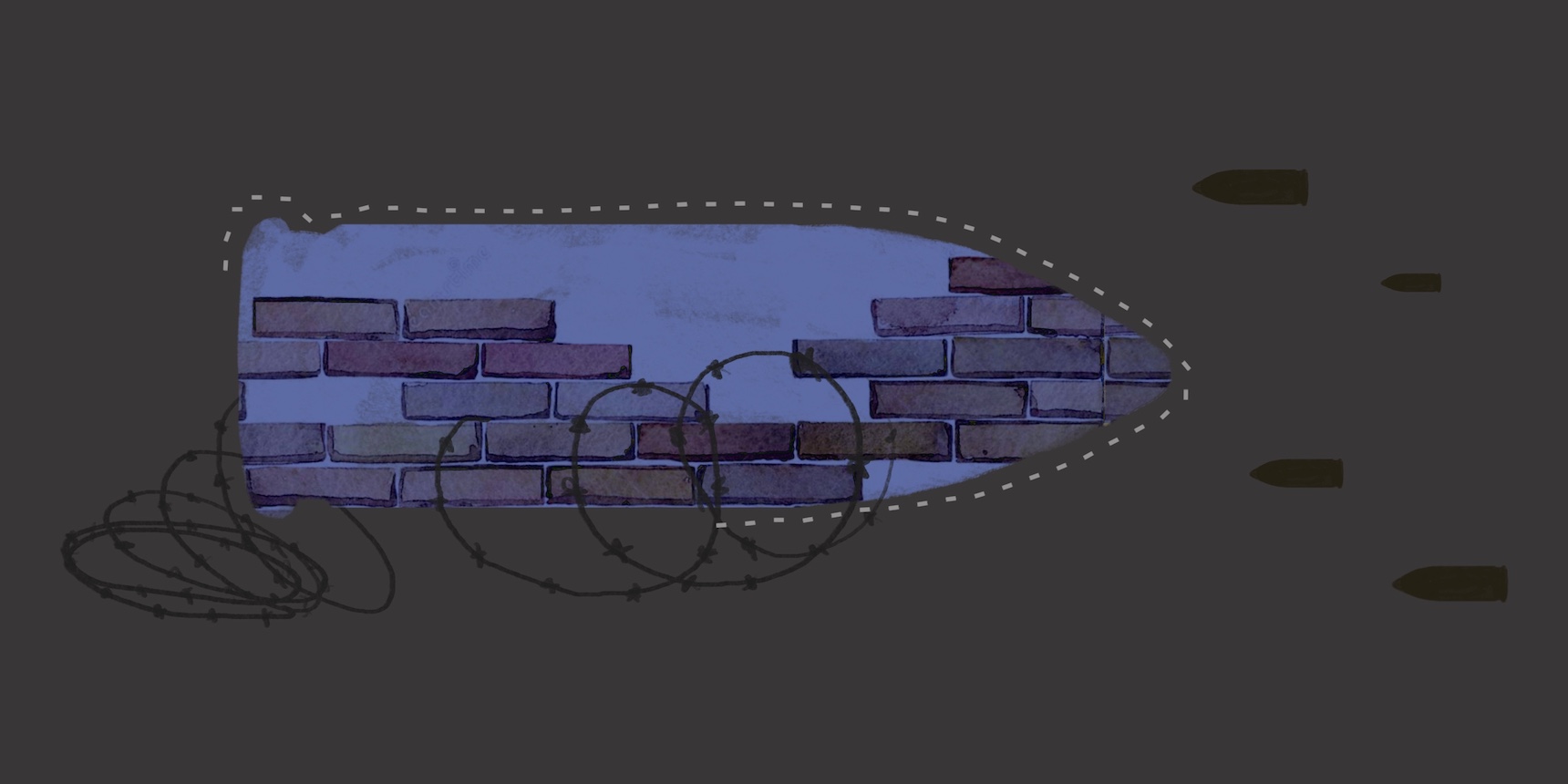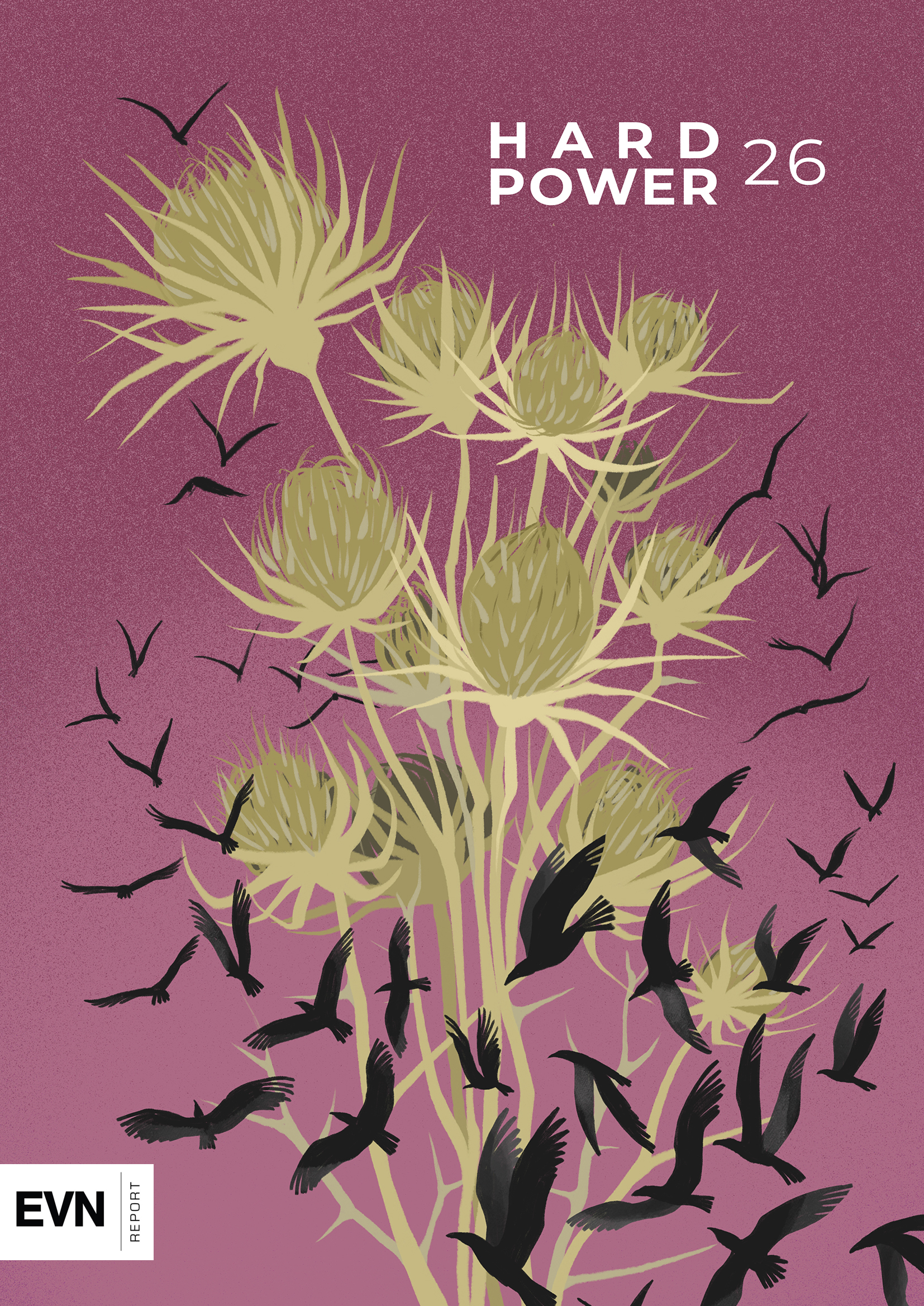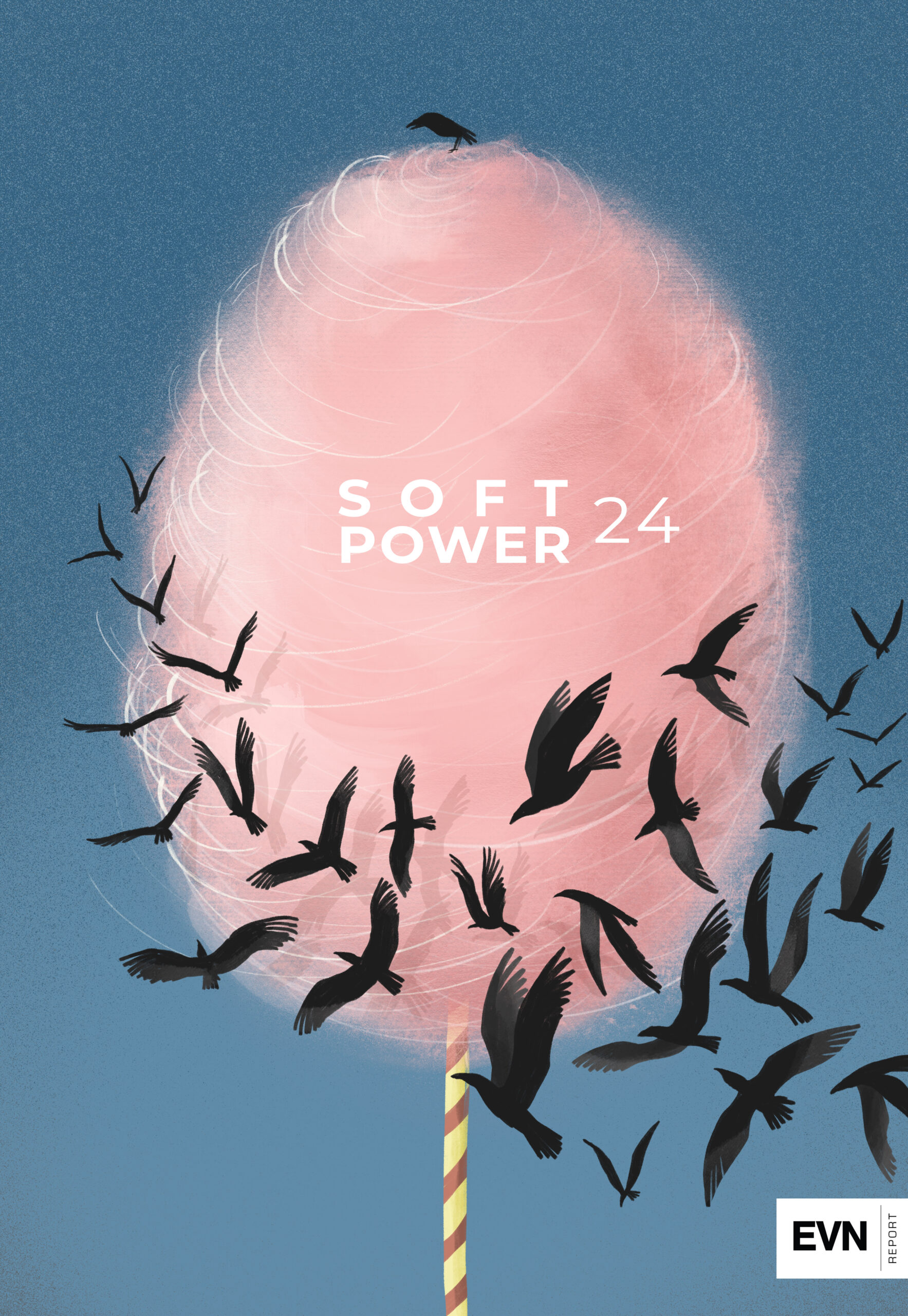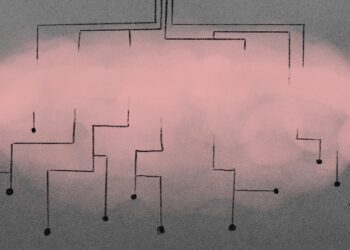

After suffering a heavy defeat in the 2020 Artsakh War, Armenia continues to find itself in a very complicated security environment. The hopes of some circles for a peaceful settlement of the conflict with Azerbaijan were shaken in the spring of 2021, when Azerbaijani troops occupied Armenian territory around the border lake Sev Lich and launched a large-scale invasion in September 2022. Three months later, Azerbaijan used its military advantage to increase pressure on Artsakh, blockading the Lachin Corridor amid the inaction of a weakened Russia, which has been bogged down in the war in Ukraine. In this situation, Yerevan can only rely on one resource: its own defense capabilities. Currently, attempts are being made to carry out military reforms as well as to form a capable Territorial Defense Force, but these processes have been progressing slowly. Territorial Defense should allow for more substantial capacity without relying solely on the call-up of reservists, which proved to be a failure in 2020. How exactly should this component of the Armed Forces be developed, and why is Territorial Defense so important for Armenia today?
Failed Mobilization During the 2020 Artsakh War
Among the many problems that contributed to the Armenian defeat in the 2020 Artsakh War, one of the most significant was the ineffectual mobilization of reservists. As it turned out, the system of drafting reservists — former conscripts who have already served in the army — was defective and existed only on paper. In fact, military commissariats had no up-to-date data on reservists and drafted them without any coherent policy; people ended up in unfamiliar units and often not even in their military specialization (for example, an artillerist could be drafted as a motorized infantry soldier or vice versa). As a result, the Armenian Armed Forces were not augmented by these reservists, but rather took on more problems with command and control, up to the point of complete breakdown at the unit levels that resulted in cases of desertion. This was occuring with the backdrop of many motivated individuals wanting to volunteer, but who were sent home by military commissariats with the words “we don’t need you here now; you will get the call-up letter if that changes.”
That situation saw an additional bad turn: the decision by the Prime Minister to allow the formation of volunteer groups of 30 servicemen who would choose a commander among them, go to the military commissariat and join the war effort. This authorization to form “jokats” (volunteer detachments) contributed to even more chaos on the frontline, as many people in these units had no military experience and the troops themselves were not integrated in the Armed Forces. As a result, many detachments went astray on the frontline, seeing heavy casualties and not bringing any real combat value. One example of this is the catastrophic loss in the battle of Shushi with huge casualties, despite numerically having more troops than Azerbaijan in and around the city.
Volunteer Units
Before the 2020 war, some private military volunteer units began forming in Armenia. The best known among them is VOMA; another established and popular one is Metsn Tigran. Some of them even participated in the war, showing some decent results, compared to mobilized reservists or newly formed detachments. After the war, the idea of forming or participating in such units and forming new ones became very popular among the public, including some individuals from the diaspora. Most participants of these kinds of units lead a normal life and train on weekends or evenings. Some of them later become core troops while others simply undergo basic or more advanced training once or several times a year. A core team of some of these units, including VOMA and Metsn Tigran, conduct combat duty on the border with Azerbaijan. More recently, they began signing short-term contracts with the Armed Forces, after which they receive combat class firearms.
These kinds of initiatives at first glance look positive –– and they are, as they show the will of Armenian society to defend their homeland and fight back against Azerbaijani aggression. But there are also many problems that arise with such an approach:
– Private units are not fully integrated into the regular Armed Forces, which means that they are generally out of the command and control (C2) chain and can’t be used as effectively as they should.
– Private units can’t use heavy weapons and combat-class firearms during training, which undermines their potential on the modern battlefield.
– Relying only on private funding these units can be ineffective in different military and political circumstances –– that is a big problem for serious military planning. Also, private funding may raise the specter of multiple loyalties in some cases –– unacceptable for the state.
– Volunteers of private militarized units are not protected by international law, as they are technically not part of the Armed Forces. That means that the chances that they are prosecuted by Azerbaijan for terrorism or mercenarism if they are captured are high. The chances that volunteer prisoners of war are executed are also higher.
– In terms of armaments procurement from Western countries (as part of possible diversification of arms import), the existence of non-government irregular troops can become an obstacle.
Territorial Defense Forces: The Way to One Army
Territorial Defense Forces already exist in Armenia – at least on paper, as the law “On Defense” was amended during, before and after the 2020 Artsakh War to add several points on the Ashkharazor, which is technically the Armenian name for Territorial Defense. The existing legislation stipulates that the Territorial Defense operates according to the administrative-territorial division of Armenia and consists of brigades and battalions. Territorial Defense operations, including training, planning and structural organization are conducted by the Chief of General Staff of the Armed Forces. The units, brigades and battalions, according to the legislation, are commanded by deputy heads of civilian administrations of corresponding territorial bodies. The recruitment of servicemen is voluntary and conducted either by military commissariats or local self-governing bodies. It’s important to note that only reservists –– people who underwent military service in the past –– can be recruited to Territorial Defense according to existing legislation.
There are currently some scattered Territorial Defense troops, but the phenomenon is far from being qualified as something serious or systematic. Moreover, according to anonymous sources connected with the Territorial Defense Forces, several existing Territorial Defense groups are closer to the definition of a personal army of some oligarchs or regional governors, rather than a real militia capable of supporting the Armed Forces in war. This suggests that the situation on the ground requires building the Territorial Defense system from scratch.
The principles of building an effective Territorial Defense for Armenia should draw from both international experience and the local context. A recent case of both organizing and combat-testing Territorial Defense Forces comes from Ukraine: during the 2014-2015 conflict with Russia, Kyiv introduced this new type of troop organization and later modernized it, using it in the ongoing Russo-Ukrainian war. Ukrainian Territorial Defense forces showed that being attached to a particular area is a strategic mistake: densely populated regions had numerous forces, while less populated regions were severely undermanned. At the same time, there is a positive experience of building elite volunteer units with private funding, the best-known example of which is the Azov regiment. In contrast with Armenia, when such units were being formed in Ukraine, they were initially part of state military institutions –– either the Armed Forces, Territorial Defense or newly formed National Guard, part of Ukraine’s Internal Affairs Ministry. It’s important to note that all these units have basic state funding while private funds only add to the unit’s capacity.
With this knowledge and accounting for Armenian geography, it is clear that Territorial Defense units should not be strictly limited to operations on the territory where volunteers are being recruited, or where the base is located. Moreover, units should work closely with the Armed Forces and be ready to be relocated to fight along with units of the nearest army regiment or brigade. There are a few other important aspects of which existing Armenian legislation and practice do not account for:
– Territorial Defense Forces commanders should be educated officers, not civilian administrative servants.
– Territorial Defense Forces units should have access to a diverse set of heavy weapons used by the Armed Forces, including artillery and air defense. If this shortcoming is not addressed, these forces will not bring much value.
– Territorial Defense units should receive high levels of training, supplies and funding. Thus it is strategically advantageous to have less units, but of higher quality.
– Being a member of Territorial Defense units should be prestigious and highly attractive. A volunteer’s civilian experience should be used to augment the capabilities of the Armed Forces.
– All non-government militia-type units should become part of the Territorial Defense forces, but preserve their commanders, traditions, name and sponsors. Upon this integration, the concept of having fully private units should be strictly banned.
If the Territorial Defense is built on these principles, it will have a chance to add several dozen combat-capable battalions to the existing regular Armed Forces and partly close the gap in the military balance with Azerbaijan. At the same time, it’s important to understand that Territorial Defense in and of itself is not a silver bullet. The Armed Forces must still undergo extensive reform. It is important to understand that Territorial Defense must be a component of one, unified army. If the Armed Forces lack modern and cohesive doctrines, structure and regulation, Territorial Defense on its own cannot be effective.
Magazine Issue N26
Hard Power


Power shapes behavior and is the ability to influence or control the behavior of others. Using military and economic means to affect the behavior of other actors or compelling an adversary through the threat or use of force to comply with your will is considered hard power. Soft power, on the other hand, influences the preferences of actors not through coercion or brute force, but through diplomacy, persuasion, convincing and finding common ground. Soft power can be effective, however, many nations around the world supplement it by hard power.
After Armenia’s heavy defeat in the 2020 Artsakh War, the country continues to be in a very precarious security environment. Hopes for a peaceful settlement with Azerbaijan have been dashed by Baku’s ongoing aggressive behavior and hybrid warfare tactics. Baku has been using its military advantage to increase pressure on both Armenia and Artsakh and under these circumstances, Armenia’s hard power toolbox must be strengthened to address the ongoing security challenges.
This month’s magazine issue entitled “Hard Power” features articles on the concept of hard power, the necessity to create territorial defense forces, reforms and professionalization of Armenia’s Armed Forces, Armenia’s quest to procure arms and the role of women in the military.
Magazine Issue N24
Soft Power






